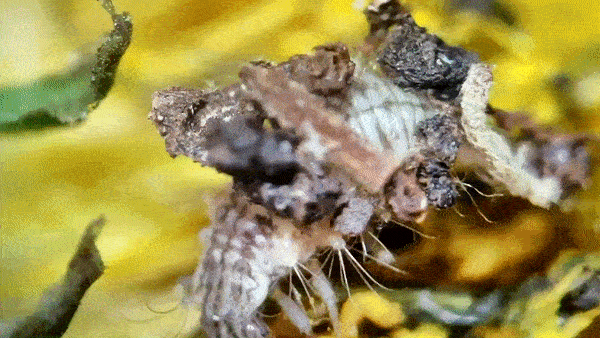Success always has a few enemies lurking around the corner. Don't believe me, then find me a youtube video with more than a million views without a single dislike.
One of the most successful insect corporations that has established multiple offices around the globe are the aphids.
Aphids take the phrase "You live only once" a bit too seriously, so much so that each adult aphid can churn out more than 40 babies in a week during the summer season. And these babies will start churning out more babies in another 8 days.
But to make sure there is healthy competition among all the players and just one corporation does not monopolize the markets(ahem, except Amazon), we have agencies like the FTC(Federal Trade Commission) in charge of regulating anti-competitive practices to help the economy run smoothly, safely and fairly for the consumers.
In the insect world, to make sure aphids don't cover up the entire planet, there are a few insects who took on the mantle to prevent this world domination of aphids.
One of them is the Green Lacewing which can be found hanging around your porch lights in the evening. Below is an adult wondering if mandatory face masks will make it acceptable to fart in public.
But before we can meet these baby assassins we need to first observe their humble origins.
Lacewing eggs are laid on a slender stalk, to protect them from predators and their siblings because you know their siblings are always hangry and will try to eat anything they come across.
Lacewing larvae have a sickle shaped mandible that it uses to subdue and ingest its prey.
This helps them camouflage themselves from predators and also walk around flaunting their trophy collection.
Below is one carrying the burden of its past. I asked it to move on, but you know how some folks cling to the past. Oh wait, we call them historians.







LIKE
ReplyDelete